|
Want to transform your garden ?
Fancy revamping your planting scheme ? Need advice on how to make your garden reach its full potential ? Come have a chat with Rob at: The Fox, Chipping Norton, OX75DD January: 6th, 13th, 20th, 27th 9am - 12 noon Feel free to walk in or to book a slot call: 07796930349 Creating a modern contemporary garden design requires knowing what features work well with that design style. To that end I've teamed up with Adezz and created an online shop to help garden designers, landscapers, landscape architects and developers source contemporary and modern style features such as watertables, ponds, pond walls and planters that will enhance a good design making it even better. Here's the link https://www.contemporarygardenfeatures.co.uk. Enjoy browsing !
The following is taken from the SGD website (www.sgd.org.uk/find_a_designer/why_use_a_sgd_registered_designer.aspx):
'Members of the SGD have the vision, skills, training, experience and expertise to offer a complete design service, and by choosing to work with a Member, ensures that you and your garden are in safe and capable hands.All Registered Members have been been assessed by the SGD adjudication committee. A Registered Member of the SGD will have sound horticultural knowledge, and the creative skills to transform any site, big or small. These designers will be able to produce presentation and planting plans, as well as technical documentation including construction drawings, and work with specialist elements including water features and lighting schemes. Our accredited designers will be able to advise you on budgets and contractors and manage the whole project from concept to completion, should you wish. Registered Members and Fellows of the SGD are permitted to use the letters MSGD or FSGD after their names and use the SGD Registered Member logo on their website and marketing materials. All our Members must have Professional Indemnity and Public Liability Insurance, and will generally have been in business for at least three years. They abide by our Code of Conduct, meaning they subscribe to the highest professional standards, and have committed to continual development of their knowledge and skills. These things signify recognition of the high quality of their work and should give you piece of mind when choosing a designer.' When I meet clients for the first time, as part of the initial discussion I usually get asked how long a project can take to complete and also when it is the best time to plant. Expectations can vary and I think at an early stage it is useful to be realistic about project timings to ensure that a project can be a success. So, below are some guidelines, based on my experiences, for actual project timings in what might be described as a ‘typical residential property’ together with the best times for soft landscaping.
Project Timescales: Activity Timescale Designer selection Variable Survey and design 3-6 weeks Contractor selection 2-6 weeks Interim period between contractor selection and hard landscaping start Variable Hard landscaping 2-10 weeks Soft landscaping 1 week Best Times for Soft Landscaping: Trees / shrubs Best planted between October and April, not when ground is either waterlogged or frozen. Container grown plants can be planted anytime (as long as the soil is not frozen or waterlogged) but must be watered regularly in the dry seasons. Bare root plants are only available in autumn and winter and must be planted immediately. Perennials Best planted when ground is moist in spring (March to early May) or autumn (late September to October) although container grown plants can be planted anytime as long as plants are watered in the warmer months. Bulbs Spring flowering bulbs (e.g. daffodils) should be planted by end of September. Tulips should be planted in November. Hardy summer flowering bulbs (alliums, lilies) should be planted in September / October. Autumn flowering bulbs (nerines) should be planted by late summer. Lawn from Turf Turf is best laid in mid-autumn, but can be laid any time between mid-autumn and late winter whenever the soil is not too wet or frosty. In spring and autumn little mowing is needed so newly-laid turf can be left relatively undisturbed for several weeks. Turf laid in spring often needs watering in dry spells over summer. Both dry soils and mowing before grass is fully rooted, stresses turf and delays rooting. Turf-laying is best avoided from mid-spring until early autumn to avoid the need to repeated watering. Lawn from Seed Seed germinates most readily in early autumn and mid-spring. The soil is warm, there is plenty of moisture and the weather is neither too cold nor too hot. Germination should take between seven and 10 days and seedlings will become established before the first severe frosts in late autumn, this is the preferred time as the roots establish better through the winter. Sowing seed in spring, grass will want to flower quite early before roots have established. I'm really excited to have been shortlisted for the Pro Landscaper Small Project Big Impact award, Design and Build under £35K.
Many clients I’ve worked with have requested a water feature in their garden design. I always find it an appealing part of my work when I’m asked to include one. Some of these features have been bespoke designs and some have been off the shelf self-contained systems but every one of them has added something special to the garden. So why have a water feature ? The sight and sound of water can induce a flood of neurochemicals that promote wellness, increase blood flow to the brain and heart, induce relaxation and help with creativity. Undesired noises, for example from roads, can be attenuated by the sound emanating from a water feature. Water features help to increase biodiversity in a garden by attracting wildlife in the form of insects, amphibians and small mammals. Many studies have found that blue and green, colours inherently associated with water, are also associated with calmness and relaxation. The colour blue, in particular, is known to have a calming, relaxing yet energising effect on our minds and bodies, due to its specific wavelength. Another reason why the colour soothes us so, some scientists say, is because we evolved on a planet that is mostly water and sky blue. Typical types of water feature Circulatory systems pump water from a reservoir along pipework to an outlet at a higher point. The outlet could be in different forms for example a fountain head, a waterfall or the top of a rill. The water then flows back into the reservoir. In a small circulatory system, the reservoir has to be large enough to contain the pump whilst ensuring that the pump will always be underwater. It also needs to be large enough to store the volume of water that would otherwise be in the system when it is not operating. The type of pump needed depends on the flow rate of water a pump must deliver (e.g. in litres per minute) and the total head height it must overcome to deliver the desired flow rate. In a circulatory system, the head height is determined by the difference in height between the reservoir water level and the outlet point. Additionally, the pump may have a filter attachment which helps to purify the water. Although wildlife ponds can be part of a circulatory system, they can also be examples of typical non circulatory water features. These types of water features may or may not have a water filter and / or pump (if so, usually for providing a small fountain where the pond is the reservoir). Bespoke or non-Bespoke ? Self-contained circulatory systems are readily available for varying budgets from vendors although there will usually be a limit to the size due to what is possible to be easily transported. Prefabricated ponds are also available but again will be limited by size because of transportation. Bespoke circulatory systems and ponds are usually more expensive overall than non-bespoke ones, but not necessarily. The advantage of a bespoke system or pond is that it can be designed to fit exactly what is needed. Rills and large ponds have to be uniquely designed as these cannot be purchased as standard products. Potential problems and how to mitigate them Evaporation and spillage All water surfaces will suffer from evaporation on a dry warm day even if in a shady area. Water features that have fountains, blades or other types of waterfalls can also suffer from spillage especially on windy days. This means that the water reservoirs or ponds will need to be topped up periodically. This can be done either manually e.g. with a hose pipe or automatically with mechanical or electronic top up systems. Alternatively, waiting for an adequate rainfall will also help. Excess rainfall Whether the water feature is either a circulatory system or not, in the event of too much rain there must be an overflow mechanism which allows excess water to drain away. This could be as simple as allowing water to spill over the edge of the feature or pond to (which could make the immediate area very damp and sodden) to installing an overflow mechanism which takes excess water away to a suitable location e.g. to a garden border or to a small soakaway. In the UK, draining excess water into water courses will usually require permission from the landowner, possibly the Environment Agency and / or local district councils. Harmful organisms It’s important to keep the water in the water feature clean and clear especially in wildlife ponds and there a number of ways of achieving this. UV filters (for ponds and circulatory systems): With a UV filter, the water is pumped and passed along a lamp, which radiates ultraviolet light killing any harmful organisms, for example algae which could otherwise grow restricting the amount of oxygen in the water. Oxygenating plants (for ponds): A more environmentally friendly approach would be to use oxygenating plants. Oxygenating plants are considered one of the most important groups of plants for a pond. An oxygenator is a term applied to a wide variety of fast-growing plants, originally so named because it was thought that they give out oxygen constantly though like all plants they give out oxygen during the day and use it up at night. Their primary benefit in a pond is their ability to grow rapidly, using nutrients that algae, such as blanketweed, would use. By occasionally thinning the oxygenators in the pond, a healthy balance can be maintained. Chlorine tablets (for circulatory systems, not ponds !): The least environmentally friendly option is to use chlorine tablets, similar to using chlorine in a swimming pool. These will kill any organism in the water. Evidently, these can only be used for pure circulatory systems ! Leaks Leaks can be very frustrating and time consuming to resolve and generally there is no easy answer to resolving a problem once it occurs. The best thing to do is to avoid getting a problem in the first place. This will mean, especially for bespoke water feature projects, ensuring that the design specifies materials and products that are high quality and that the contractors constructing the feature have very good knowledge of this type of construction. Non bespoke systems will generally have a guarantee but again it is best to consider sourcing a very good specification product. If a garden is thought of as an extension of a home but outdoors, positioning appropriate lighting in the garden will allow it to be used or seen not only in the day but also at night. There are typically three sources of power for outdoor lighting: a mains supply, an electro voltaic supply or a battery supply. This blog will concentrate on what is needed for the mains power supply products.
Types of mains power supply There are generally two types of mains power supply for outdoor light fittings: a 240V voltage and low 12V voltage. The latter types of fitting has the benefit of being able to be placed in more places in a garden e.g. near water and, with the use of external drivers, these fittings can be smaller LED ones which have a low running cost but can still provide intense light. The power consumption for a typical garden with LED lighting can be in the range of 50-60W. Mains voltage light fittings tend to be bulkier. Typical types of lighting used in gardens and their effects Path / patio lights Simply, these are fittings that are typically placed along the edges of paths or patios so that they graze a low level light onto the path or patio. The fittings can be sunk flush into the path / patio or stand alongside them. If both sides of a path are fitted, the fittings are usually staggered. Strip lighting An LED strip light can be placed underneath step treads and / or seating which is fixed to provide a soft glow below the step or seat. It can also be used in water features, for example, underneath the blade of a waterfall to light the water as it flows over the blade. Uplighting If there are feature plants and / or structures in the garden, an uplighter can provide a light so that they can be seen at night. The uplighter can vary in size and intensity depending on the size of the plant or structure that needs to be displayed. Wall lights Wall lights can be simple devices that just provide an outdoor light or fittings that can shine a beam of light up and down the side of a wall. The latter can have the effect of emphasising the structure of the wall and material of which it’s made. Having several of these located appropriately can make a building stand out at night. Fittings can also be placed in the side of step walls so that the tread can be seen from above also usually with a soft glow. They can also be placed in low walls to provide a soft glow at the bottom of the wall. These can be flush mounted which provide a smoother finish in a design, taking up less space. Pendants, floor and table lamps As per an indoor room, it is now possible to source pendants, floor and table lamps for use outdoors. These are especially useful if there is a dining or relaxing area in the garden. Pendants will evidently need something to hang from e.g. a pergola. Light colour Choosing the right colour for different aspects of a garden is important. Soft, warm lighting might be appropriate for the majority of fittings e.g. path lights or wall lights. But if there is a special structure, for example a water feature, it might be fun and different to think about lighting it with colours apart from white e.g. blue, red or green. It’s also possible to be able to control the colour remotely using an app that provides a colour wheel. Installation Generally, it is best to install lighting at the same time as a major restructuring of a garden is taking place. A first fix process, i.e. cable laying, will usually happen when groundworks are taking place; the second fix process, that is placing fittings, fixing controls etc., takes place when landscaping is close to being finished. Testing usually takes place as soon as the circuits are connected to the residential supply. Cabling, circuits and control of fittings Armoured cabling is usually laid at a prescribed depth of 600mm below soft ground and 150-200mm below hardscape (patios, paths, hardstanding) with tape overlaid so it can be easily seen in the event of further groundworks; the cable will have a number of cores (individual plastic coated wires) which determine the number of circuits the cable can carry. A circuit may operate, for example, path lights while another circuit may operate wall lights so there is no need to have all fittings switched on at the same time. Controls are also now available to allow lights to be dimmed. The cable(s) will need to be connected to a suitable residential supply that can cope with the increased load that is likely to be needed. The circuits can be operated via internal or external switches or can be linked to remote control fobs or smartphone apps. Quality of product is key ! The material the fittings are made from and their finish is very important since they will be placed in external locations that will have to cope with different climate and general garden conditions. It is probably wise to spend a little more to get a good quality product with a good warranty than to buy a cheaper product that may not last as long. Some of the larger manufacturers of fittings now have an extensive range of outdoor products available on their websites. There are potentially many tens of thousands of plants available to select for a garden. Apart from knowing which colour palette, form, structure season of interest is needed from an aesthetic point of view, choosing plants that will thrive in any given set of conditions can be tricky. Below are some key points to consider. Many websites will highlight the individual preferences for a plant.
Spaces available for planting Before selecting any plant determine the areas available for planting and where tall plants like trees and shrubs can be located. Commercially available plants tend to have guidelines for the potential mature height and spread they are likely to achieve. Selecting plants that will eventually spread beyond the available space will tend to look untidy, compromised and could impact other areas of a garden. Selecting a tree that grows too tall can block light which will affect which plants can be planted nearby. Soil & moisture Having plants that are suited to the type of soil in a garden will help them to thrive. Soil can be either alkaline or acidic and its texture can be either loamy, claylike, sandy or chalky. Changing a garden’s soil texture can be done e.g. by improving it with organic matter or by adding grit. Changing acidity or alkalinity can be less successful as the underlying sub soil / sub strata will usually determine the soil’s pH. Plants also like certain soil moisture conditions so for example, plants that like boggy conditions, like certain types of iris, may not thrive in conditions where there is sandy, free draining soil. Sun & shade Some plants can be total sun lovers, others can only tolerate permanent shade and yet others will accommodate some sun and some shade during a day. Knowing which parts of a garden are in full sun, partial shade or full shade will help determine which plants will work best in those situations. Aspect A garden’s aspect is important as it can have a big impact on which plants will grow there successfully. So, in the UK, North facing sites
Exposure and hardiness An exposed site may experience a number of different conditions e.g. high winds, prolonged sun, heavy rainfall. Some plants cope better than others with this type of exposure and others prefer a much more sheltered set of locations. Hardiness determines how well a plant will be able to cope with cold temperatures. In the northern hemisphere, the further south the location is, generally, the less hardy a plant needs to be although beware locations that may contain potential frost pockets. The wonderful weather the UK has been experiencing in recent months has had a dramatic impact on our gardens. The prolonged, hot periods of dry weather with minimal rain that the UK has been experiencing are likely to occur more often in the future. As a result a great deal of thought needs to be given to how gardens can be designed and maintained to be able to cope with these changing conditions. Here are some tips:
1. Prepare your soil - dig in large quantities of organic matter to improve soil structure, soil water retention and water availability for plants. Well-rotted garden compost, mushroom compost, composted bark and well-rotted farmyard manure are all suitable forms of organic matter. Apply a thick top mulch, for example shredded bark, which will help to retain any moisture and also suppress weeds. 2. Choose appropriate plants - try to choose plants that are suitable for the site's soil and aspect as they will be more tolerant of varying climatic conditions as well as of pest and disease problems. Some species of Mediterranean plants (lavandula, stachys and perhaps some salvias) are already adapted to hot, dry conditions in free draining soil and may also be able to withstand waterlogging through flooding events (which will also be a factor to consider in the future). 3. Store rain water - many parts of the UK are now experiencing drought conditions with bans on the use of hose pipes. The bans are intended to be temporary but ongoing water conservation will probably become a priority in the future. Positioning vessels and containers, e.g. water butts, around the garden that can capture water when rain does come will help reduce the burden on the water network. 4. Don't worry about your lawn - most lawns at the moment are probably very brown but they are surprisingly drought tolerant, and usually recover well when it does rain. Lawn irrigation should rarely be required, if at all, to keep the grass healthy. But, if you have a small garden and you don't want to look at a brown patch all summer, you might consider creating a gravel garden instead. These are typically low maintenance as opposed to having to maintain a lawn once a week. Wildflower spaces can be a very beneficial biodiverse addition to any garden. They can provide food sources for a number of pollinators at different times during the growing season, a refuge for other types of animals and insects and give a great display of colour. There are other benefits as well such as helping to attenuate water flow in locations such as stream and river banks or SUDS schemes. You don't have to have a large space for a wildflower area so this can be a consideration even for a small garden. Even so, the design and ongoing maintenance of wildflower areas needs to be thought through before starting to maximise their potential and longevity. As a result, it's important to work with the best and most knowledgable partners in the industry. So, I am delighted to announce that Rob Howard Garden Design is now an Accredited Partner of WildflowerTurf Ltd. (wildflowerturf.co.uk)
|
AuthorRob Howard, Garden Designer Archives
December 2023
Categories
All
|
© 2023 Rob Howard Garden Design. All rights reserved. Sitemap: https://www.rhgardens.co.uk/sitemap.xml

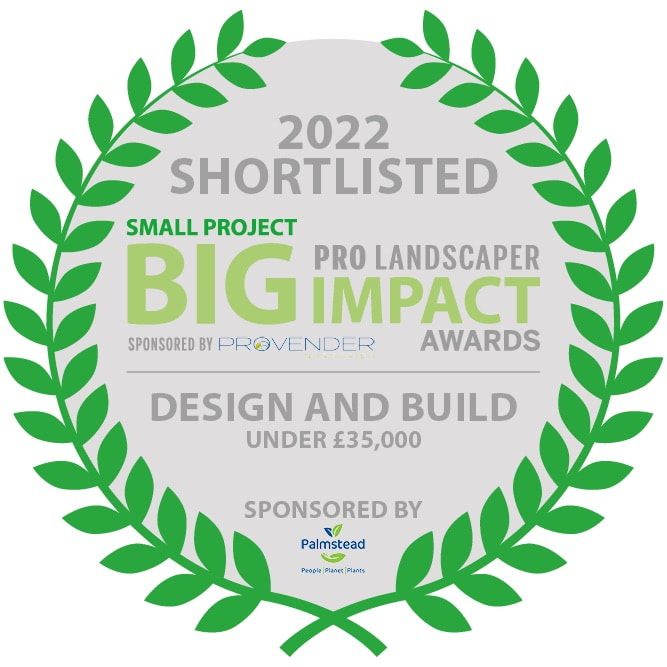
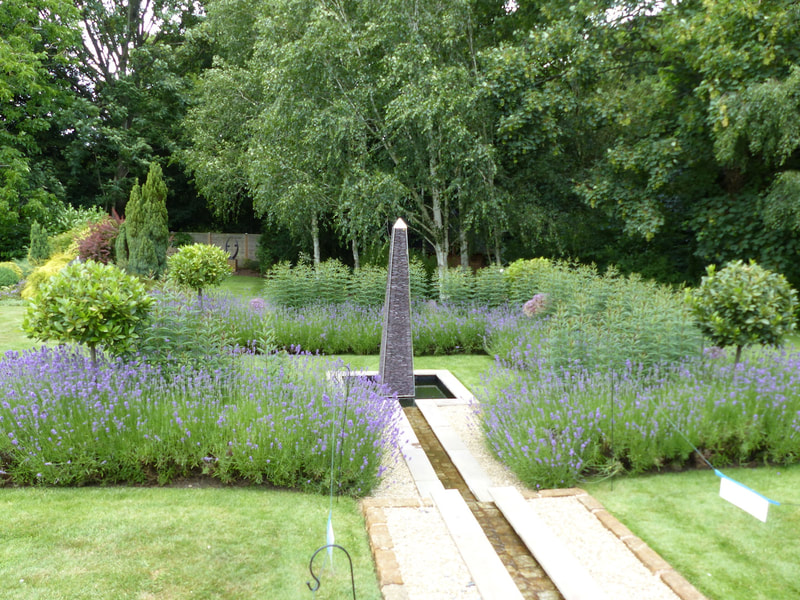
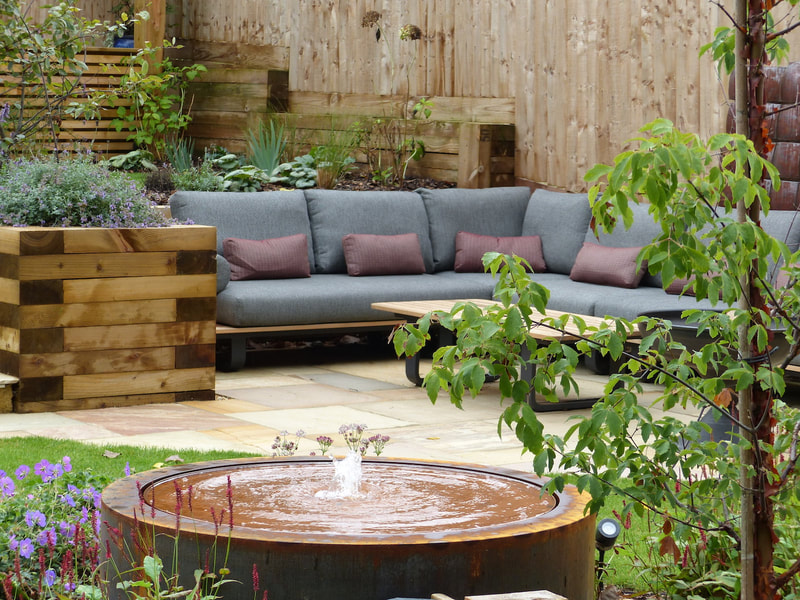
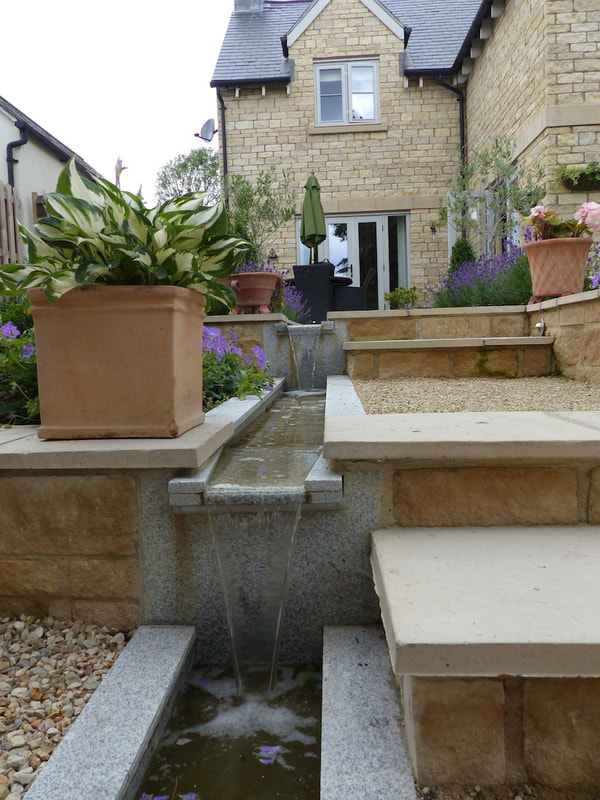
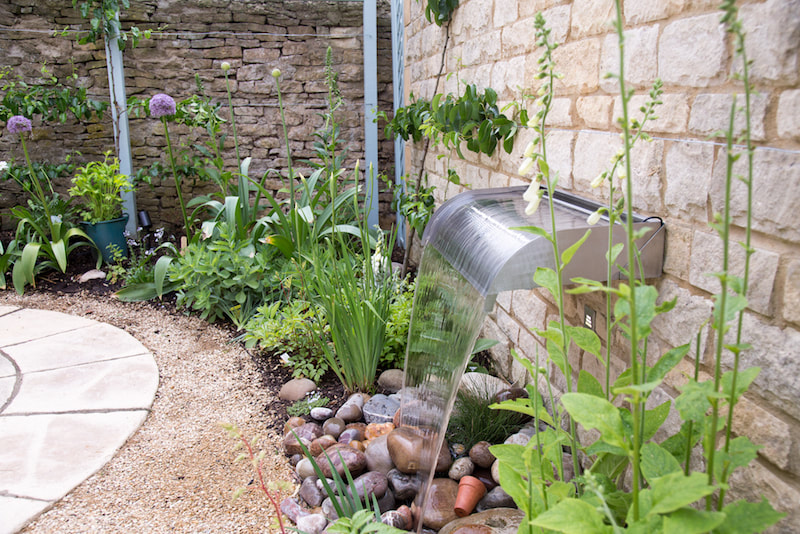
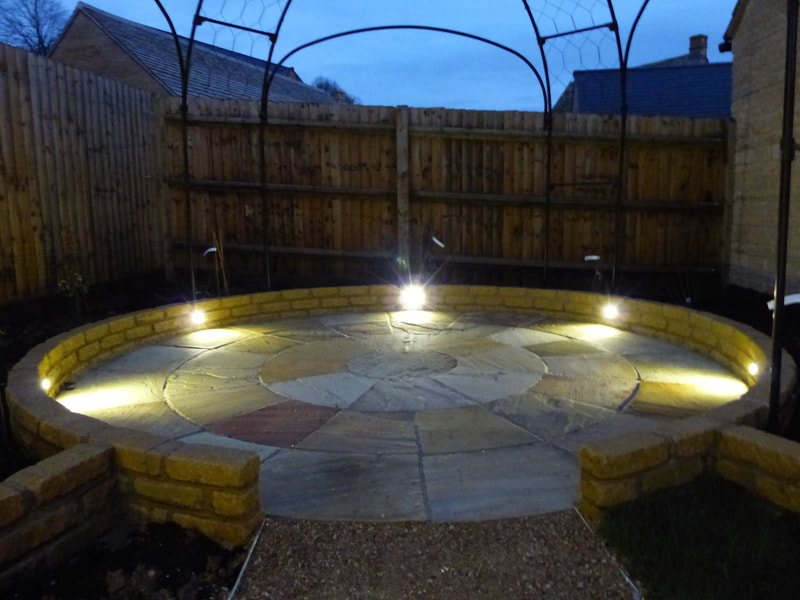
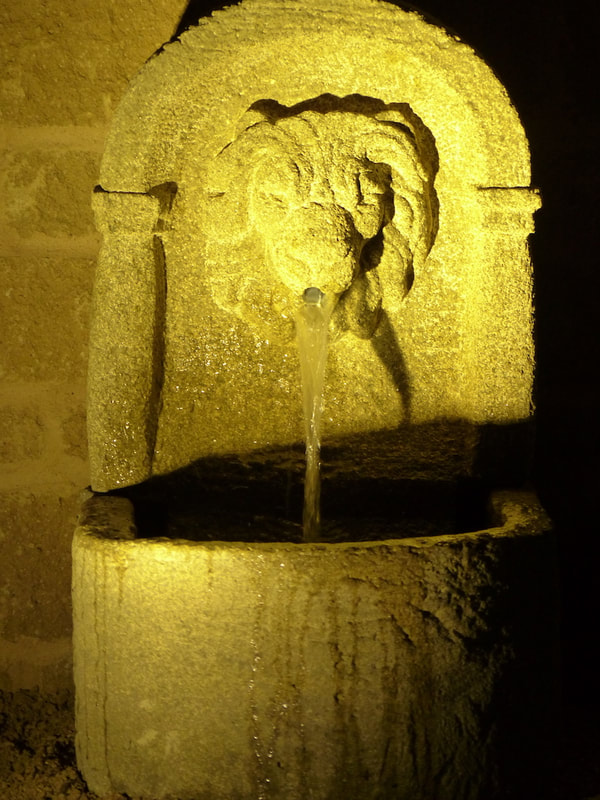
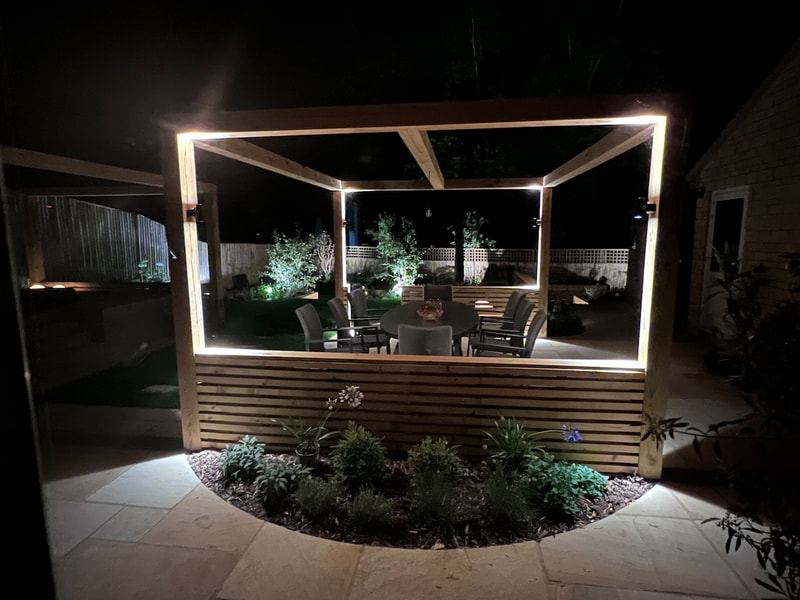

 RSS Feed
RSS Feed

